Description
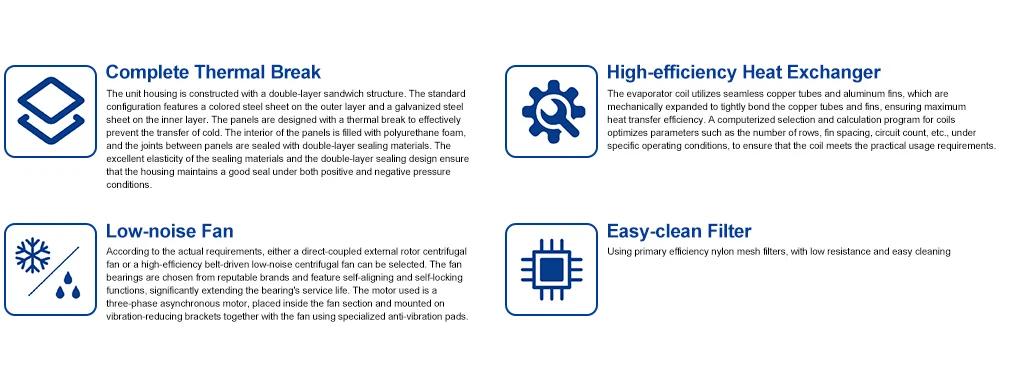
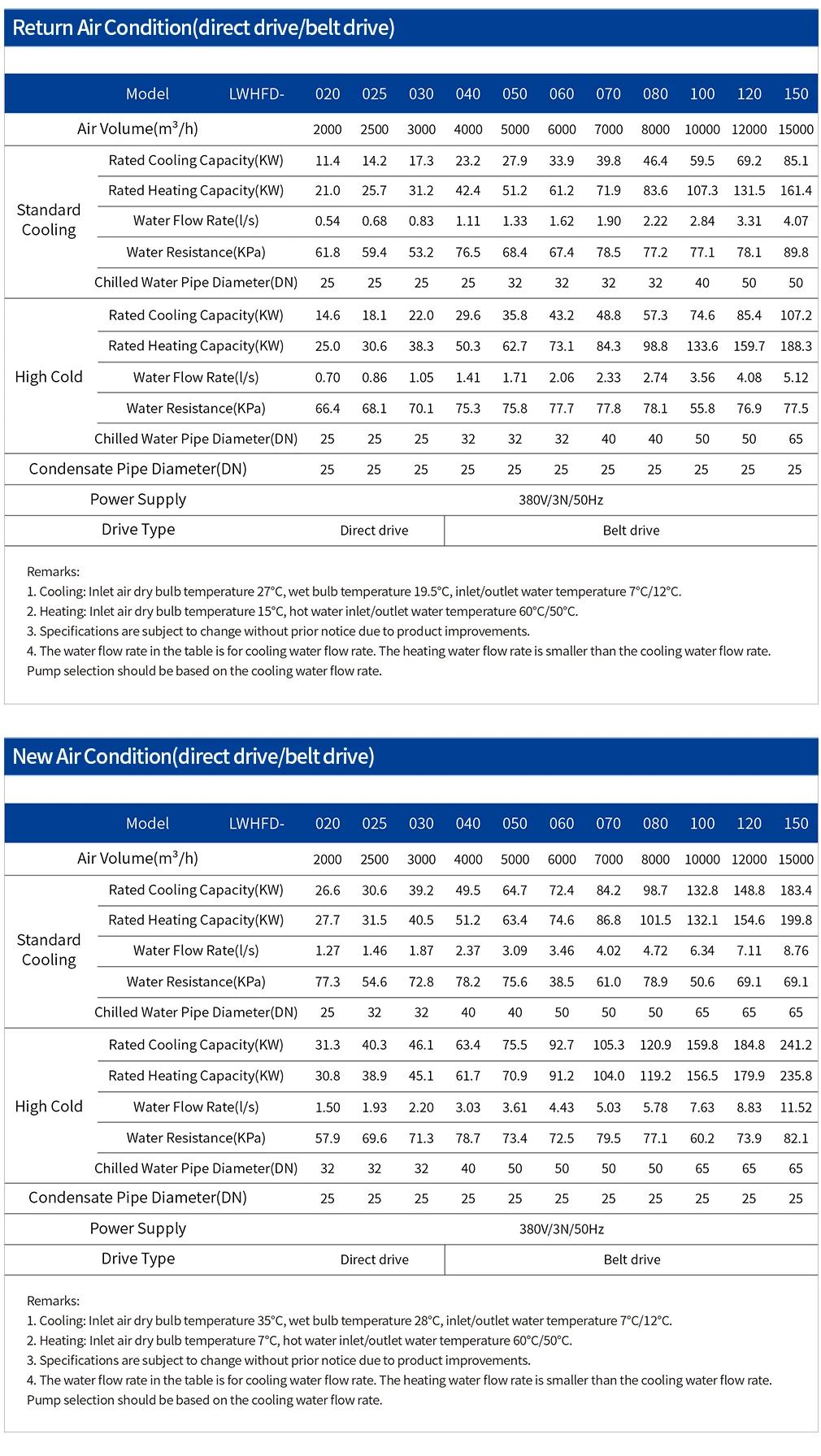
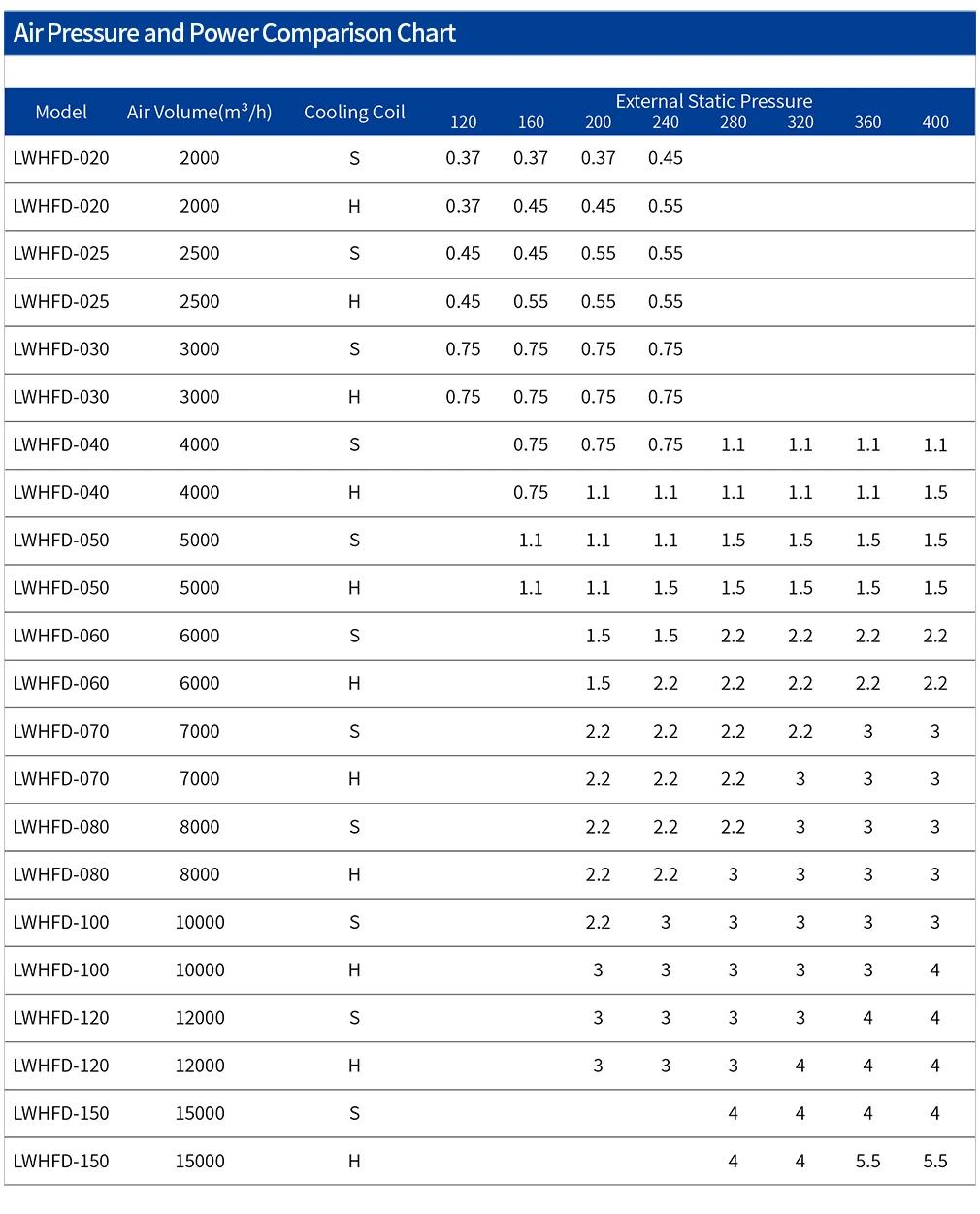
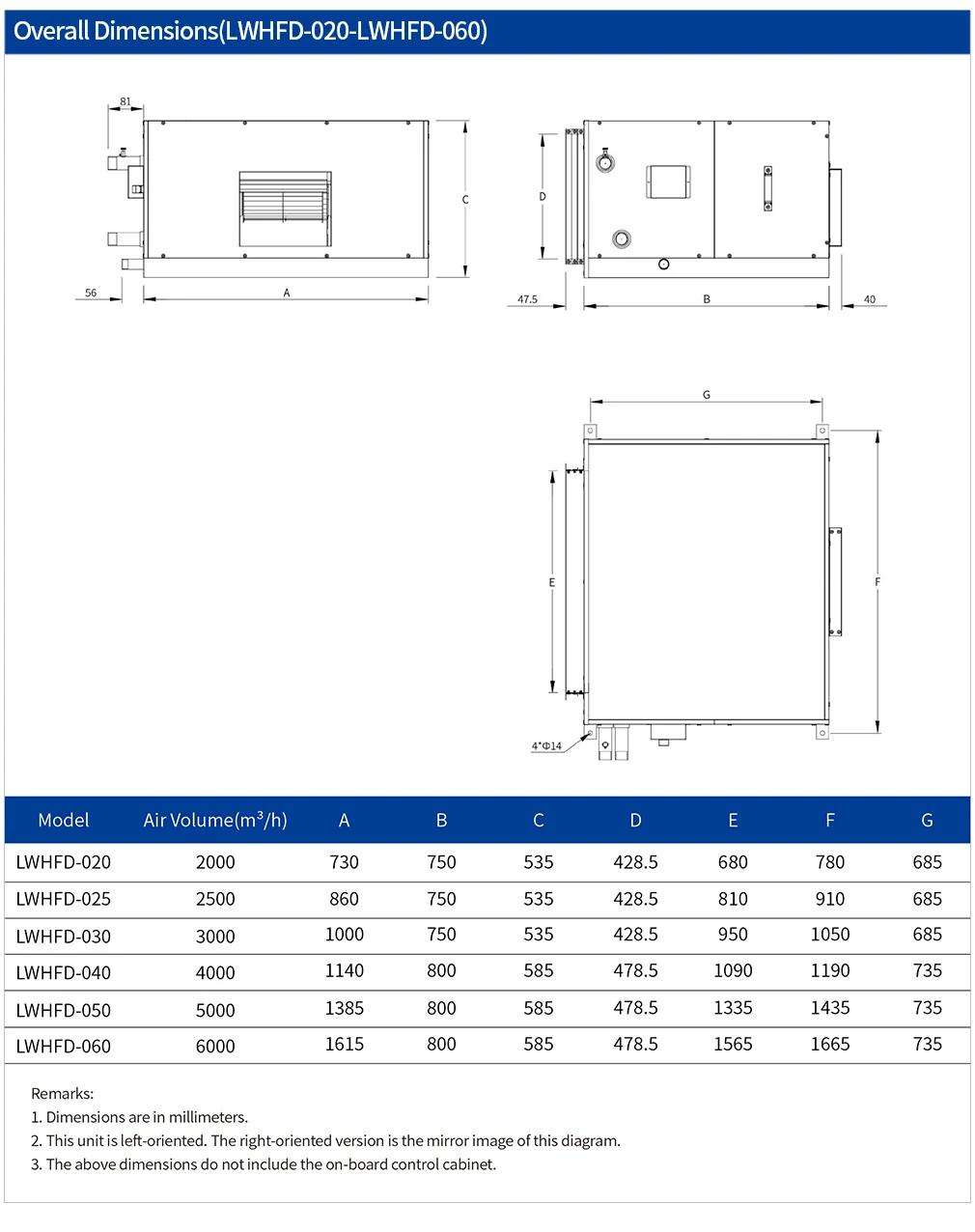
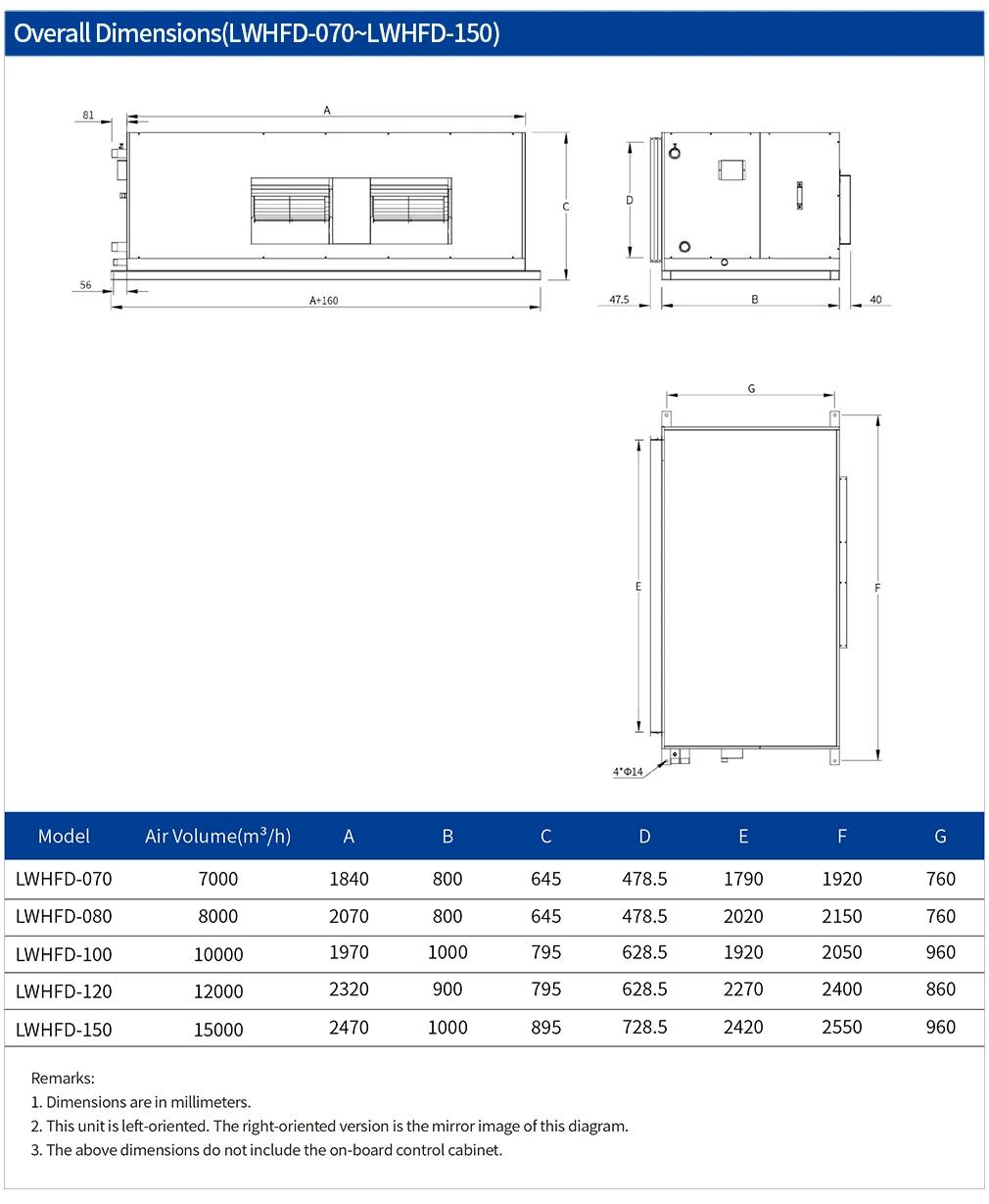
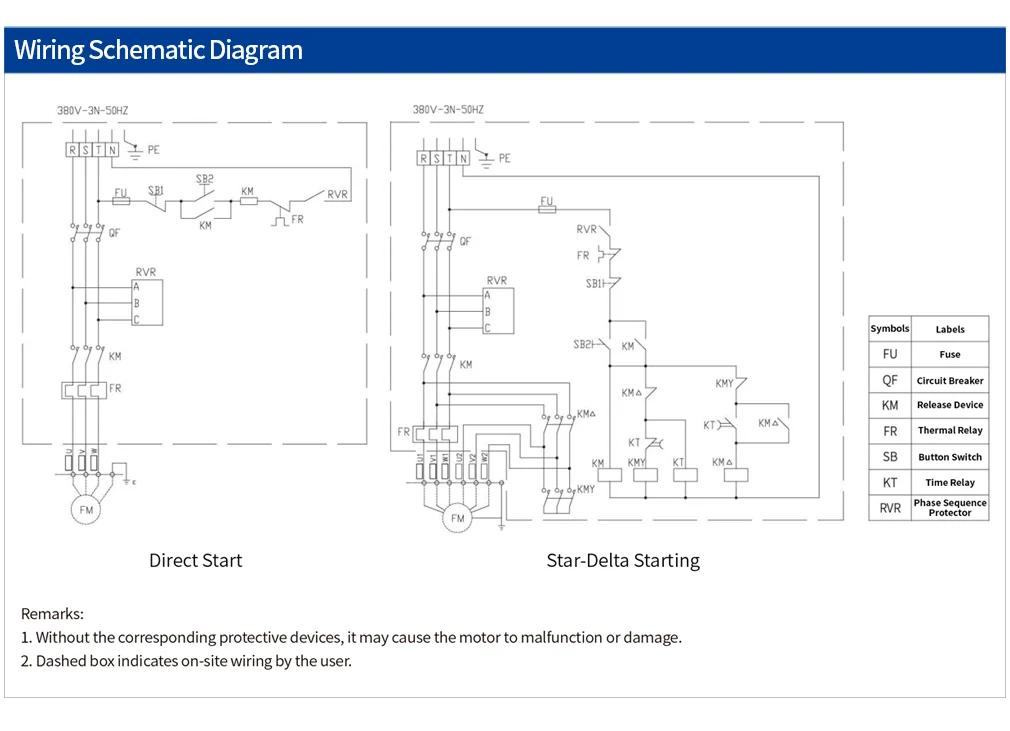

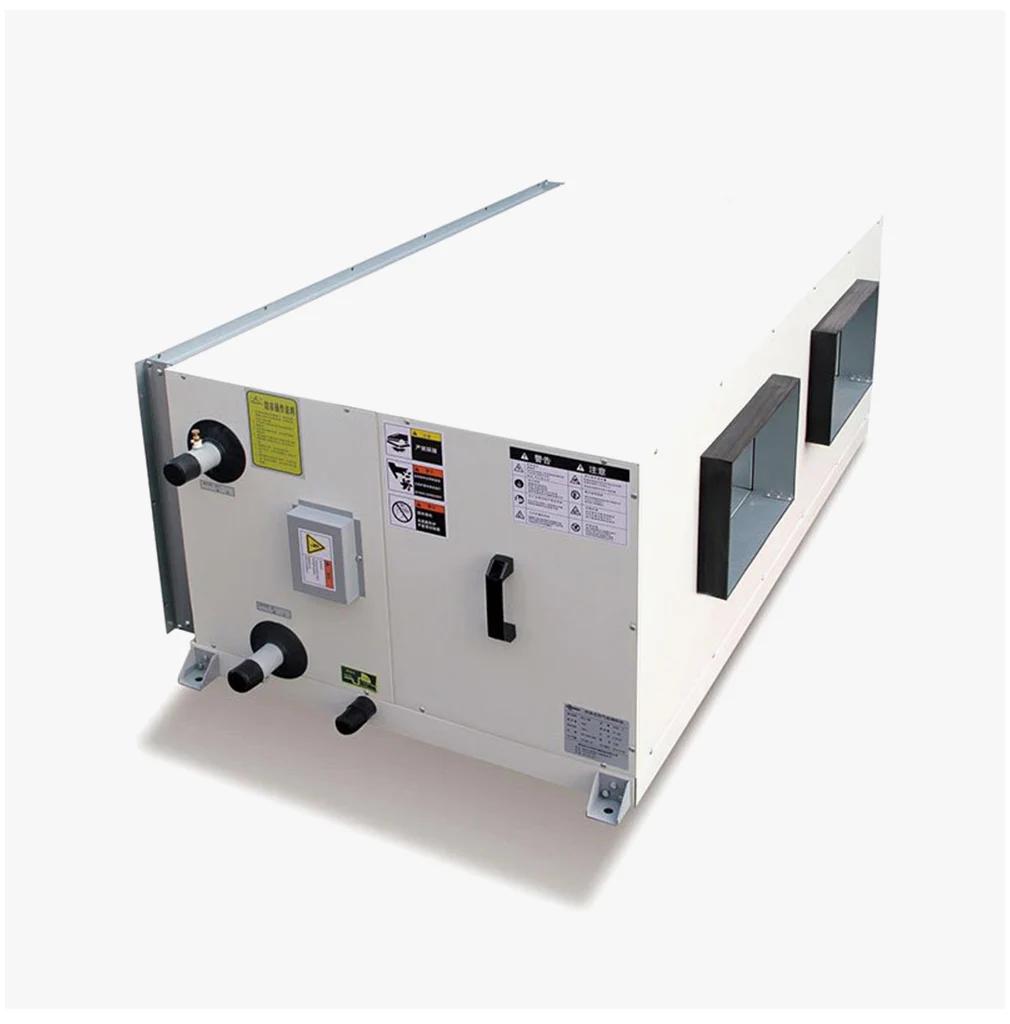
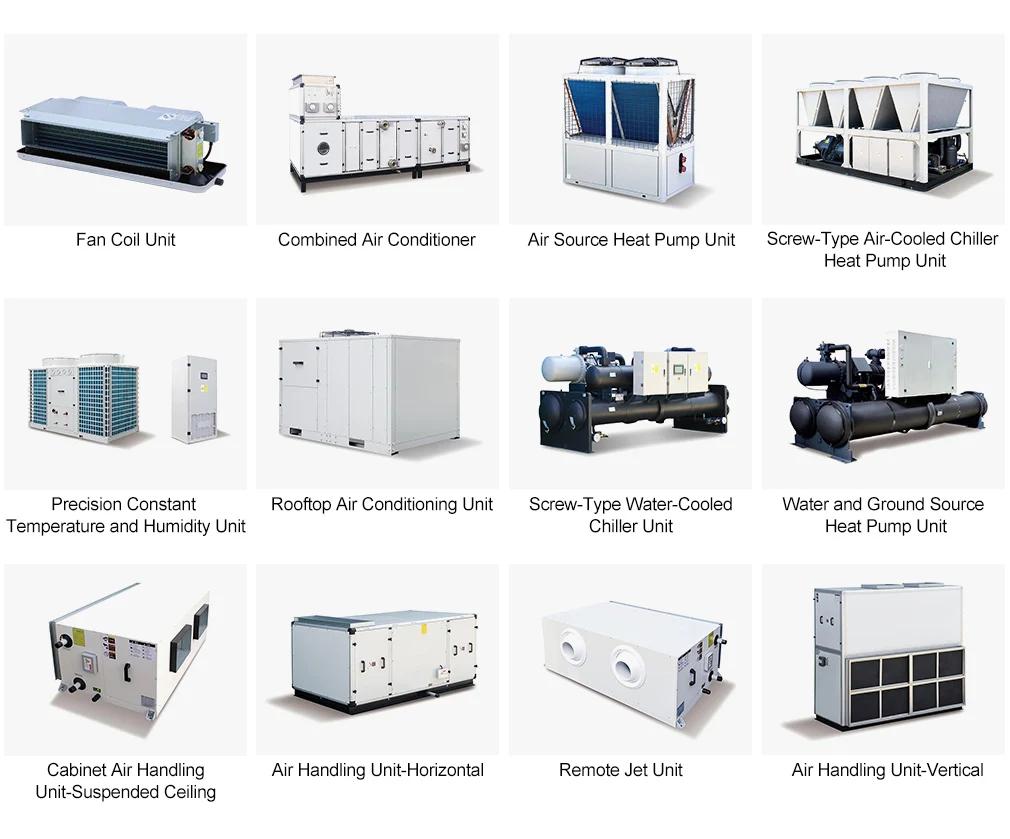
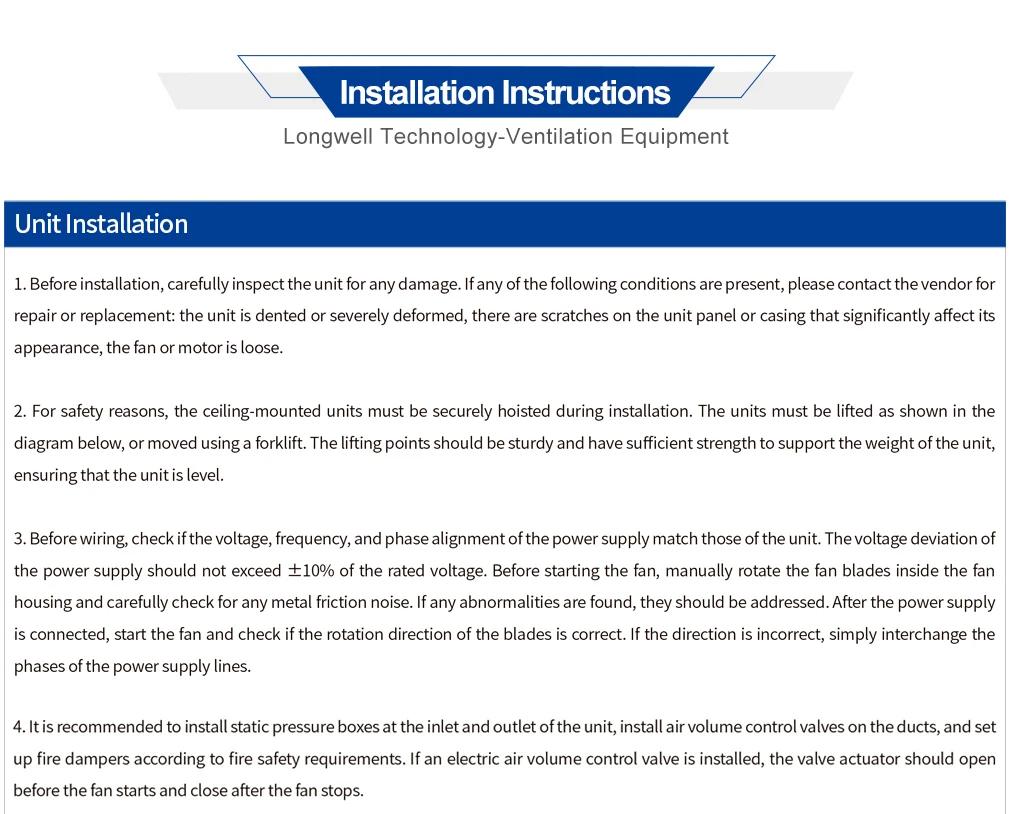
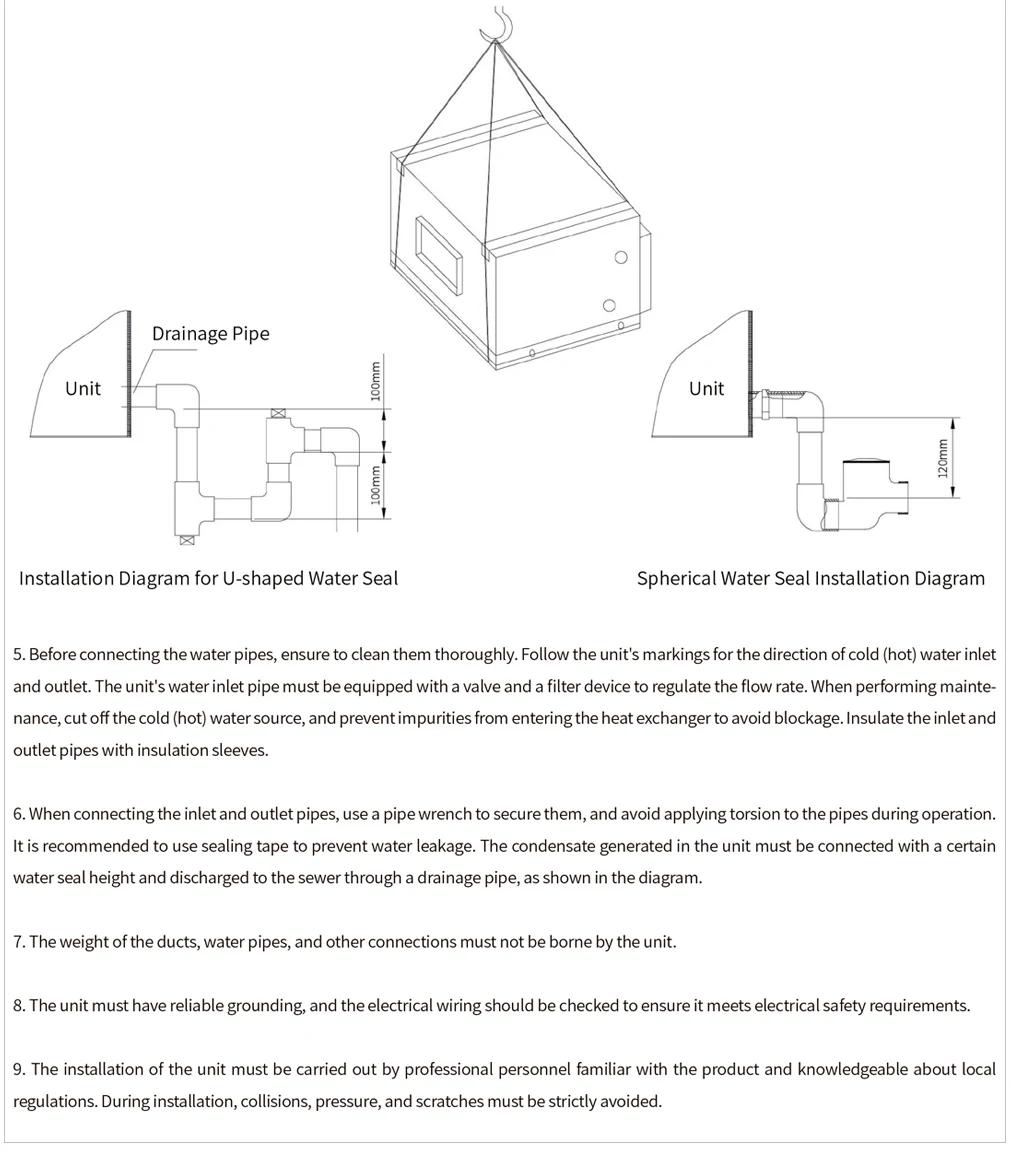
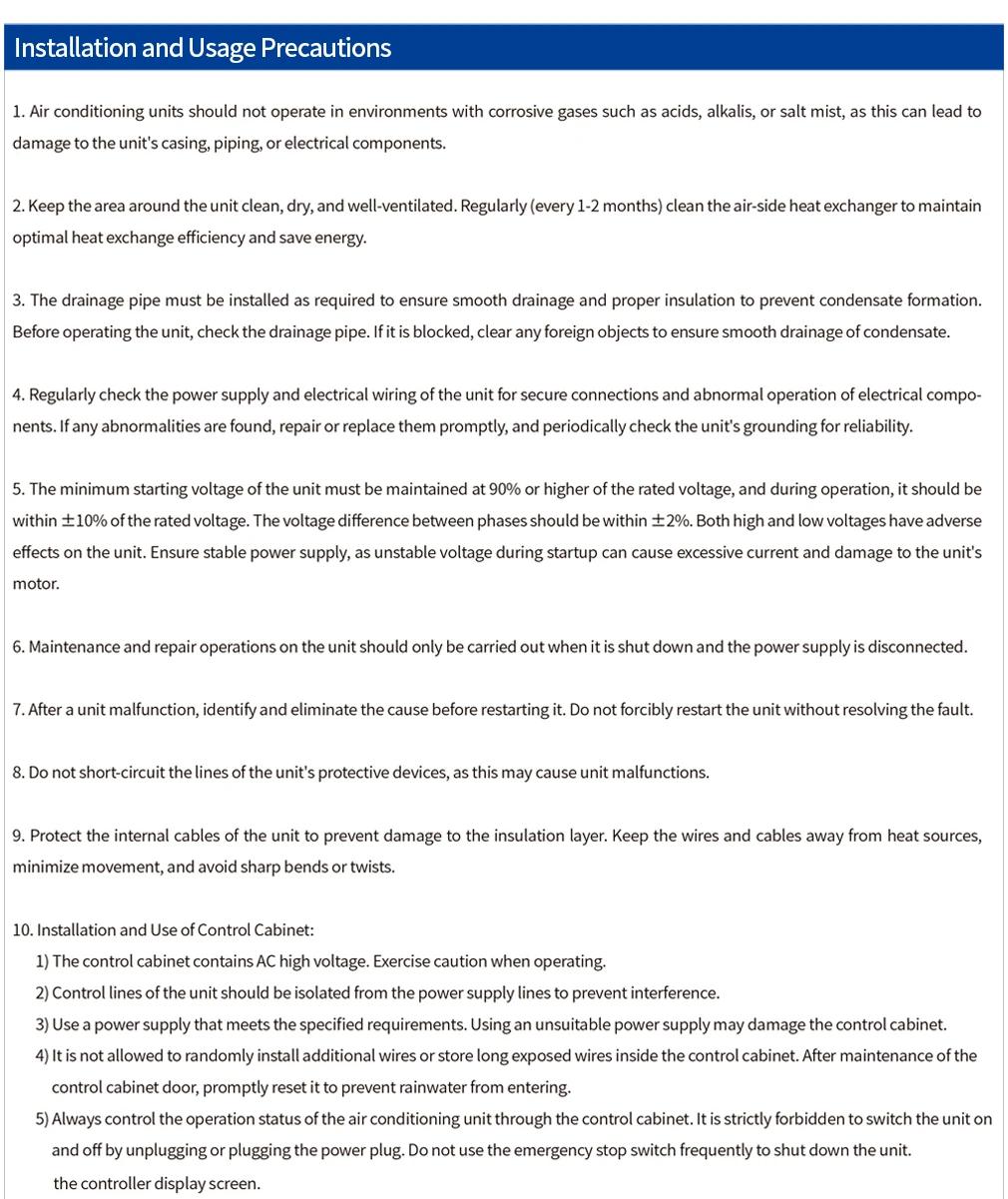
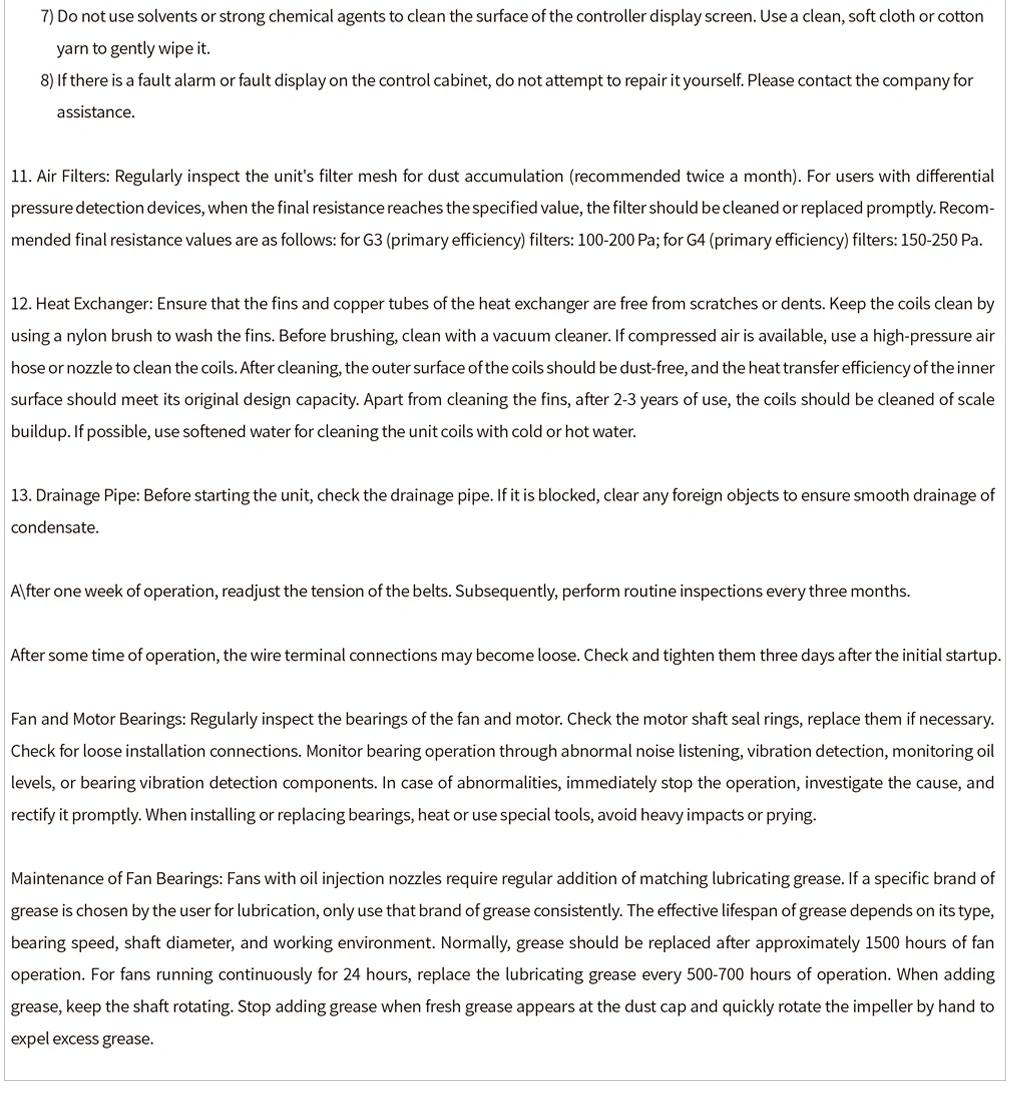
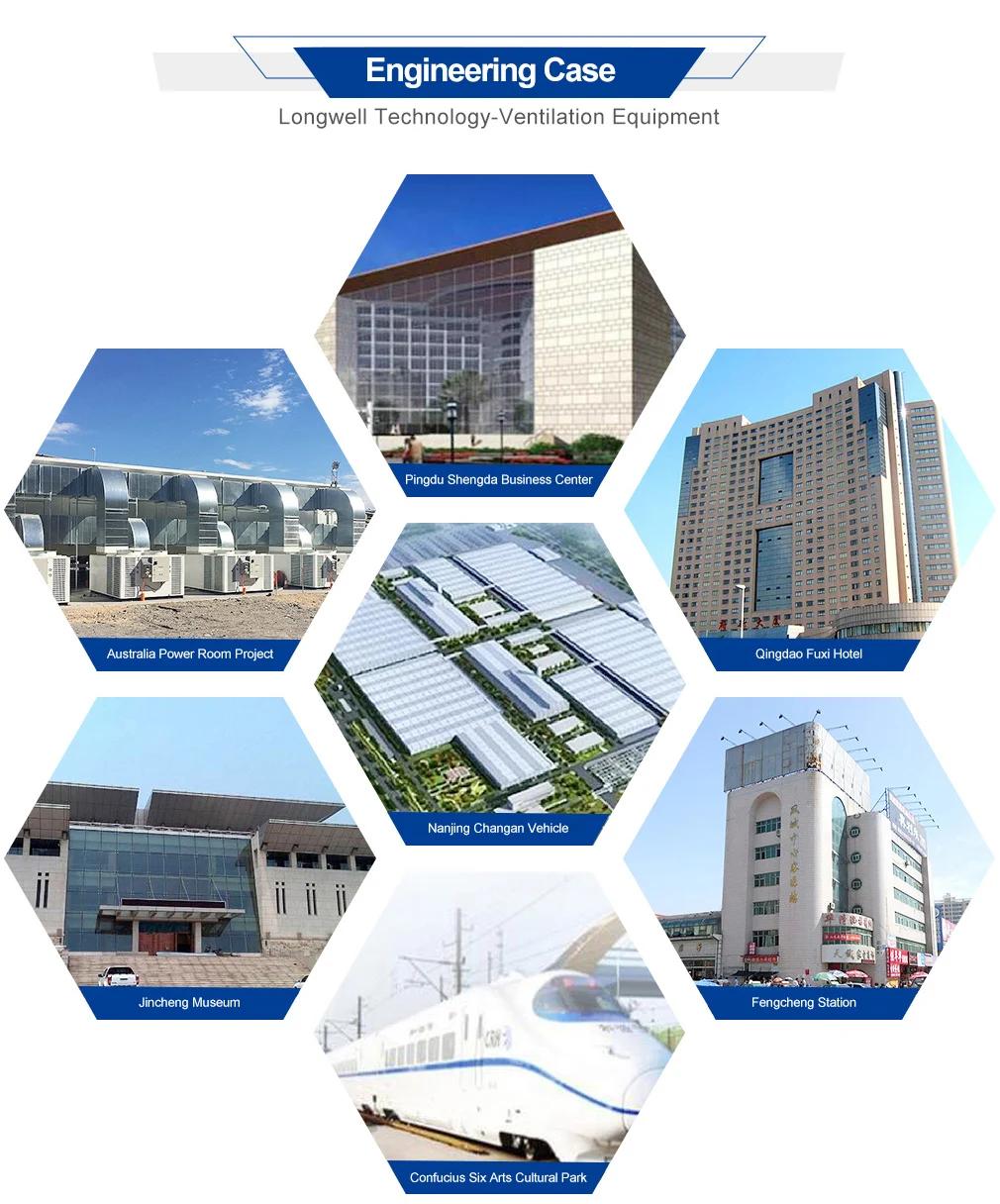
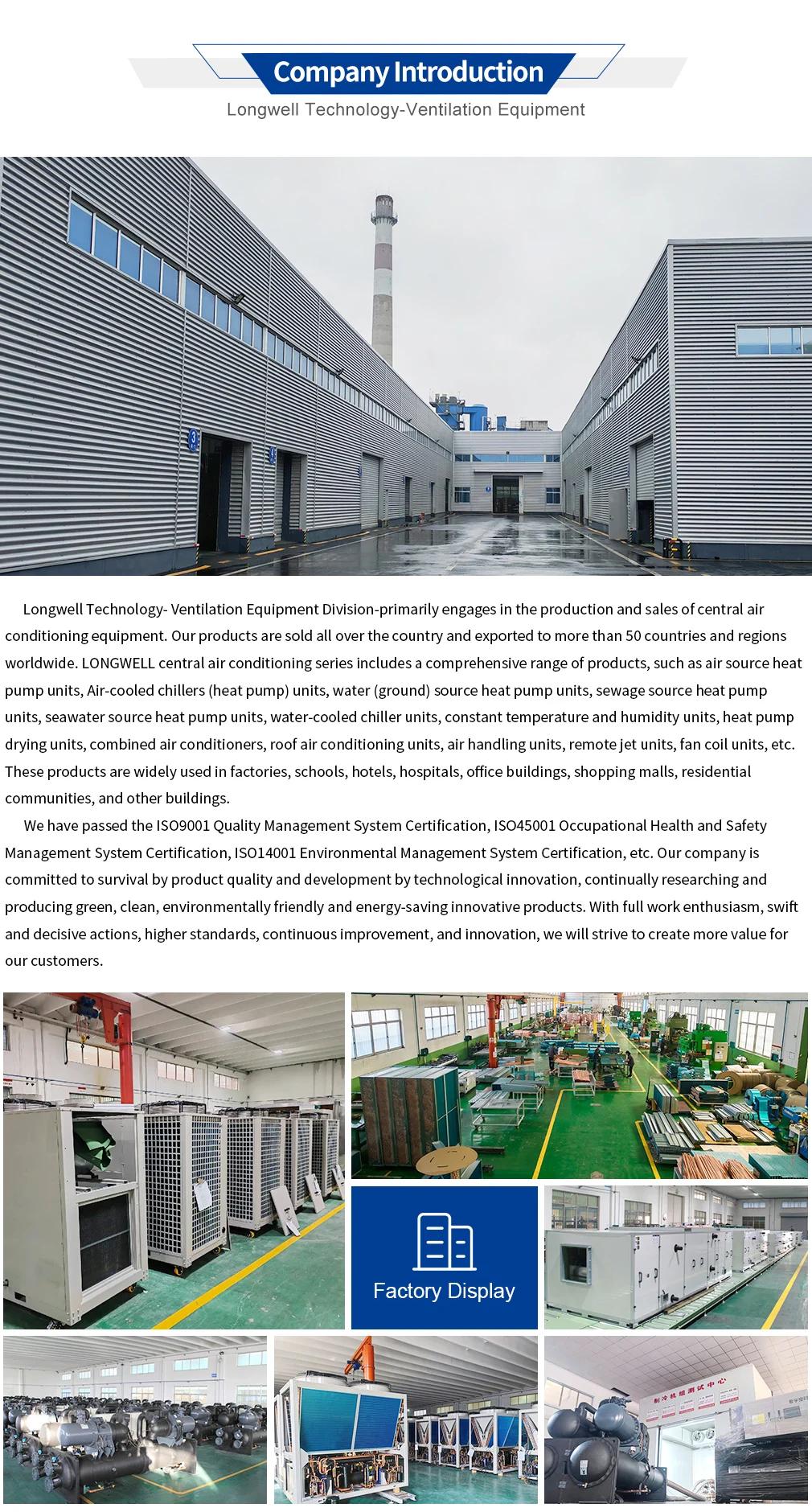
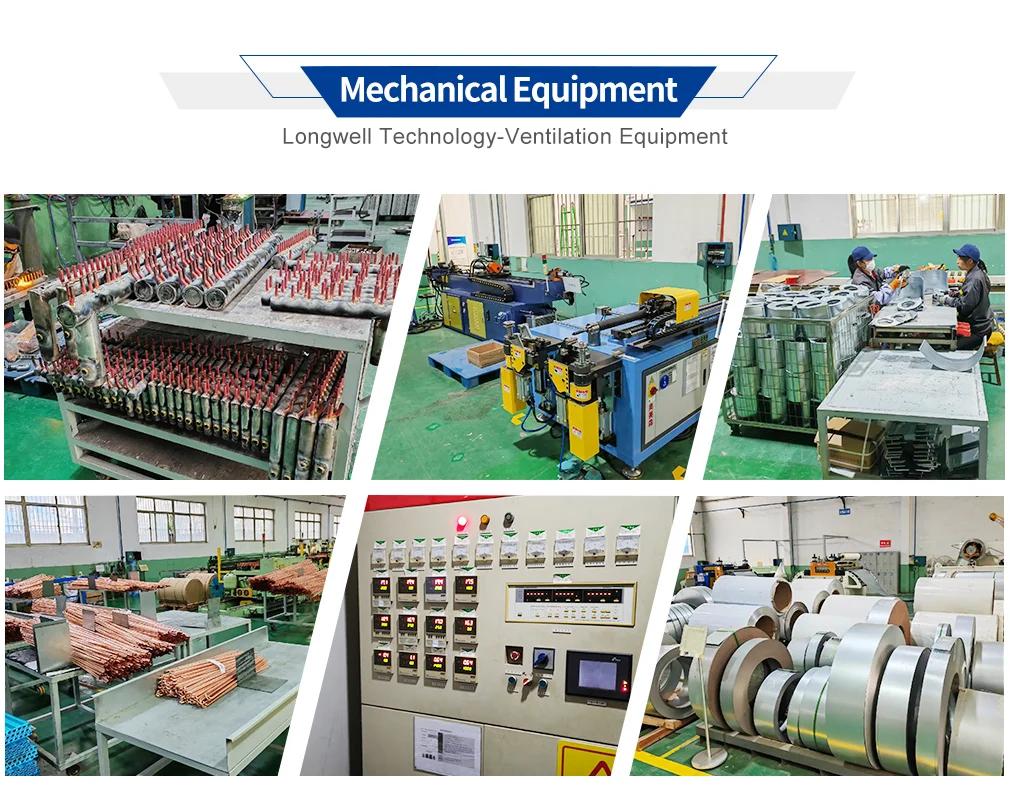
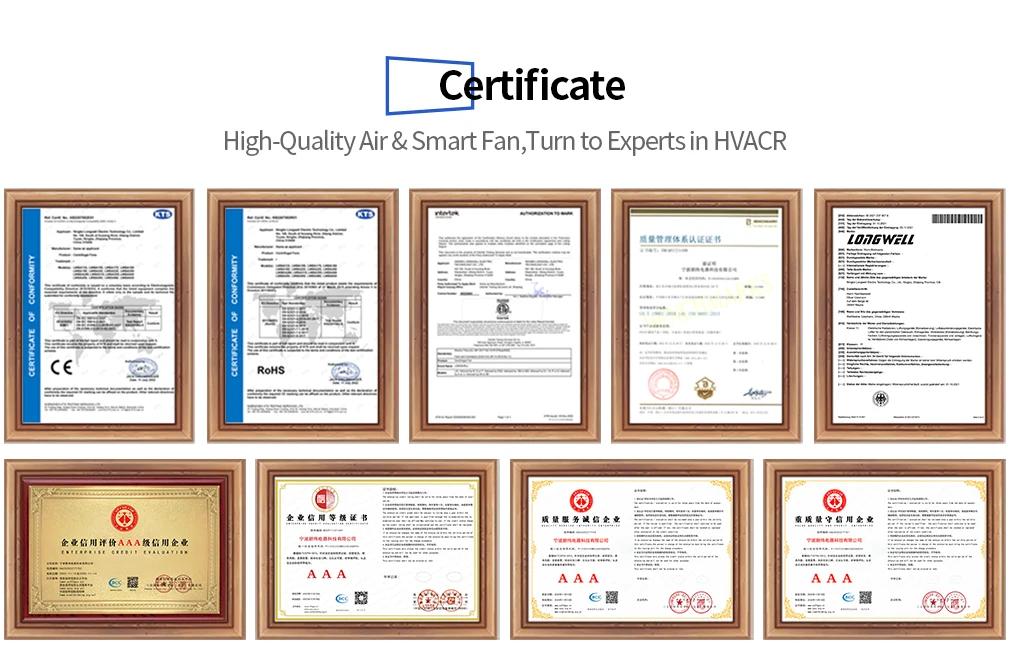
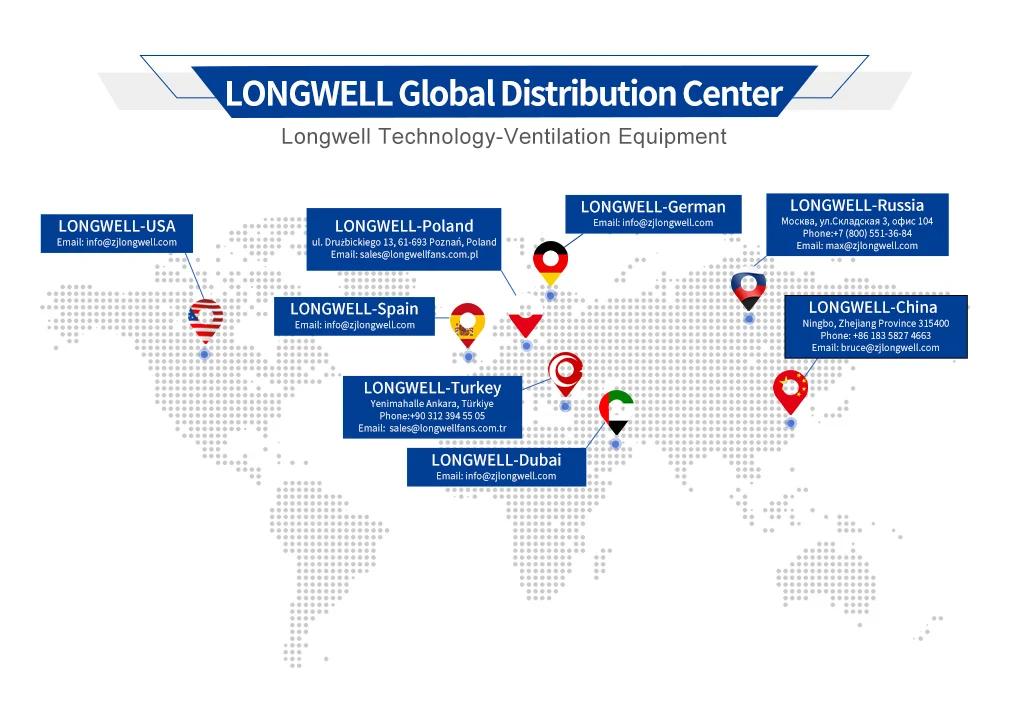
* An Air Handling Unit is a mechanical device used to control and circulate air as part of a heating, ventilation, and air conditioning (HVAC) system.
2. What are the main components of an AHU?
* Main components typically include a blower, heating and cooling elements, filters, and controls to regulate air quality and temperature.
3. How does an AHU improve indoor air quality?
* AHUs improve air quality by filtering out contaminants and regulating humidity and temperature to maintain a comfortable and healthy indoor environment.
4. Can an AHU be used for both heating and cooling?
* Yes, AHUs are designed to provide both heating and cooling capabilities, depending on the season and the requirements of the space.
5. What size AHU do I need for my building?
* The required size depends on the building’s square footage, the number of occupants, and the desired air exchange rate.
6. How often should an AHU be serviced or maintained?
* It’s recommended to service an AHU at least once a year, and more frequently if the unit operates in a harsh environment.
7. Are AHUs energy efficient?
* Modern AHUs are designed with energy efficiency in mind, incorporating features like variable speed drives and energy recovery systems.
8. How does an AHU differ from a Packaged Air Conditioning Unit (PTAC)?
* AHUs are larger, central systems designed for commercial and industrial applications, while PTACs are smaller,self-contained units for individual rooms or spaces.
9. What are some common issues that can occur with an AHU?
* Common issues include filter clogging, motor or belt failure, control malfunctions, and refrigerant leaks.
10. How can I control my AHU remotely?
* Many AHUs come with built-in controls or can be integrated with building management systems for remote monitoring and operation.
11. Do AHUs require regular filter replacement?
* Yes, regular filter replacement is necessary to maintain optimal performance and indoor air quality.
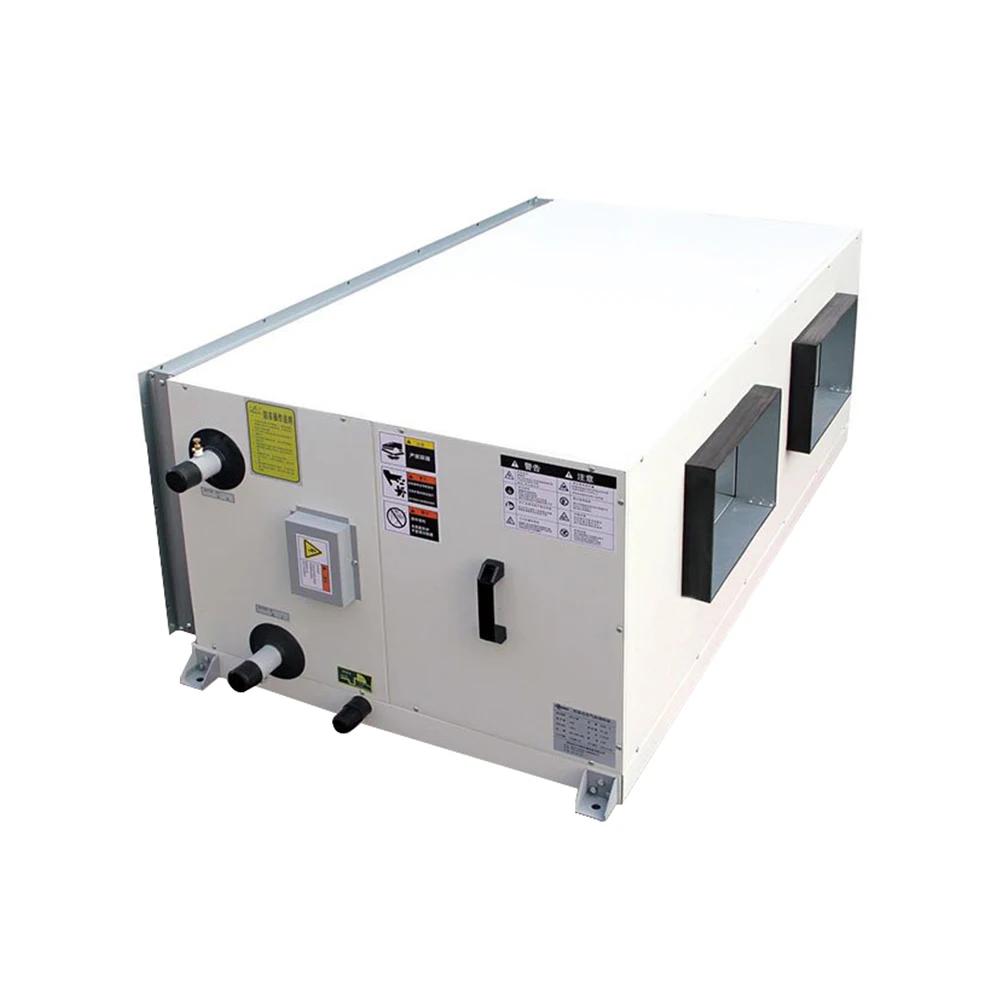
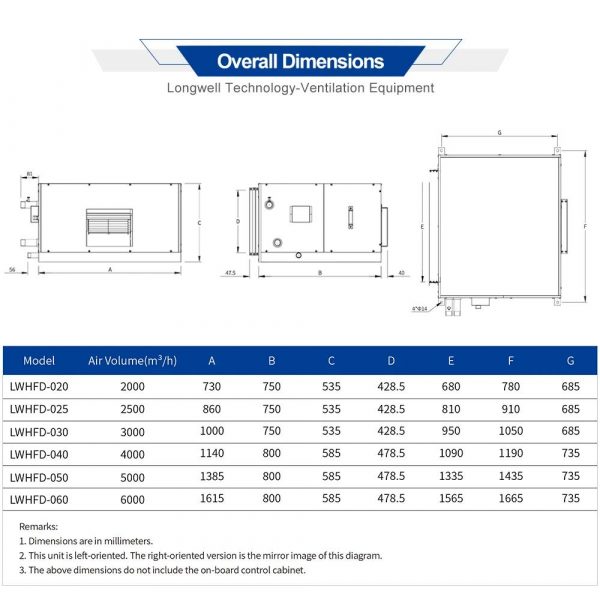
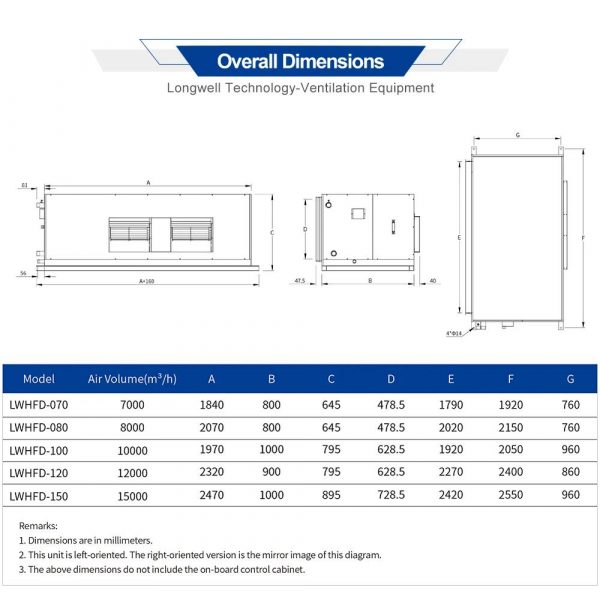
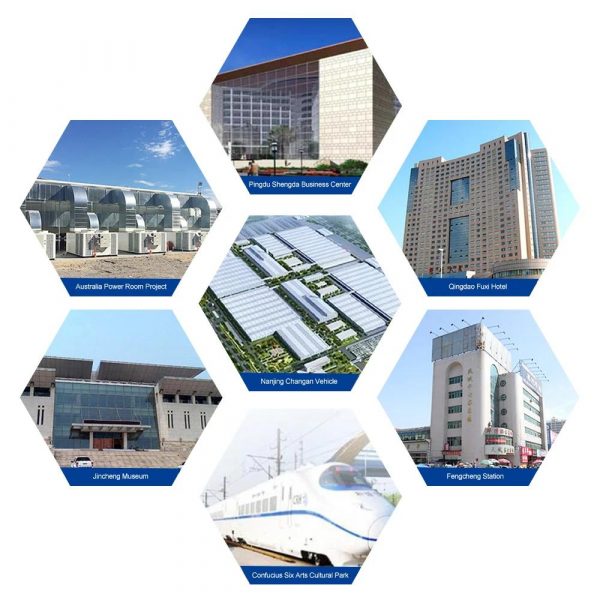
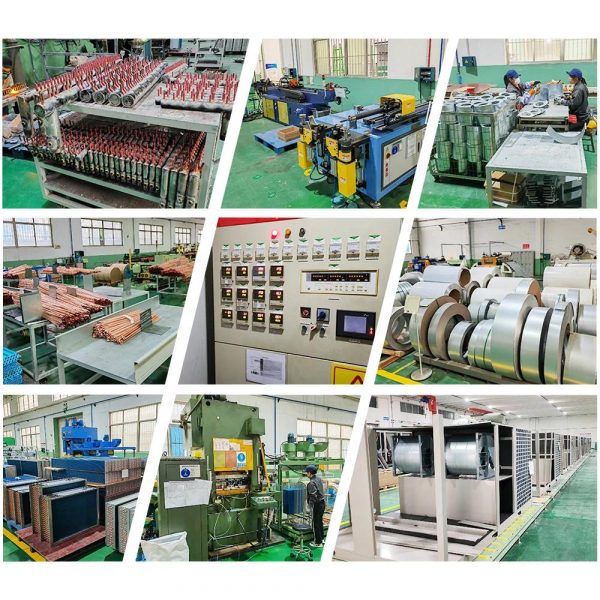
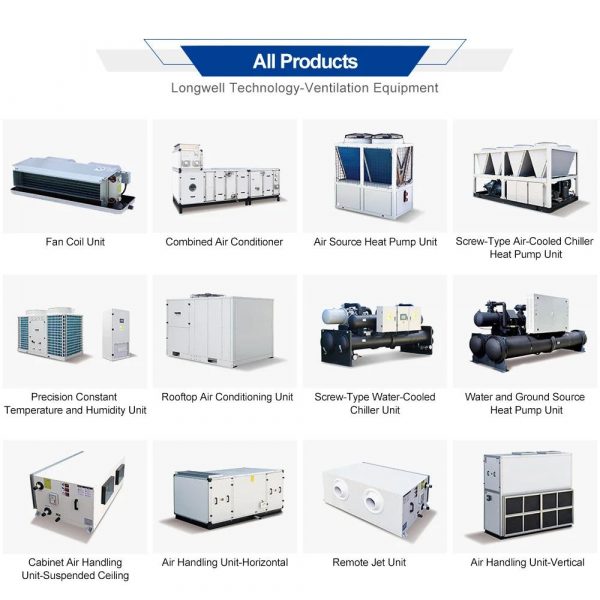
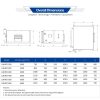
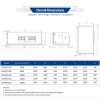

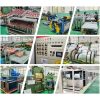
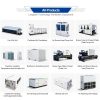
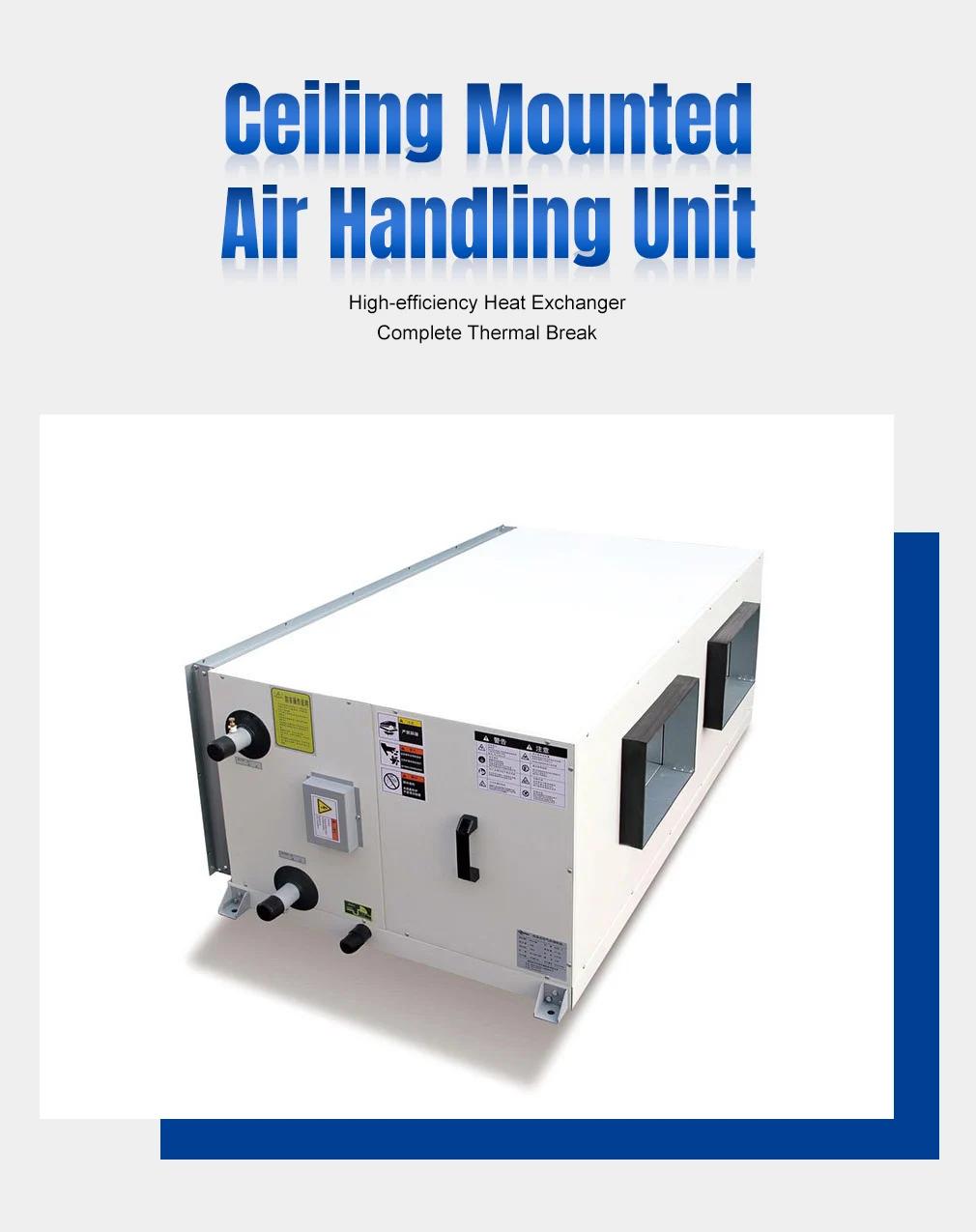
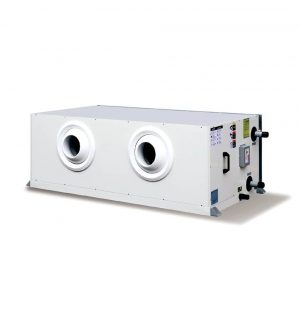

Zoe Brown –
We chose the Longwell ceiling-mounted AHU for our new office building, and the long-term cost benefits are already clear. The 308V HVAC system with its efficient design has reduced our energy consumption by an estimated 15% compared to our old units, directly impacting our operational budget.
Emily Chen –
Installed for our central HVAC 308V system. Air distribution is even, temperature control precise, and noise is low (~45 dB). Staff noticed immediate comfort improvement.
Lucas Anderson –
The air handling unit runs smoothly and maintains excellent indoor air quality. Installation required some extra coordination due to ceiling constraints, but once fitted, the performance has been impressive. The noise levels are acceptable, and maintenance panels are easy to access.